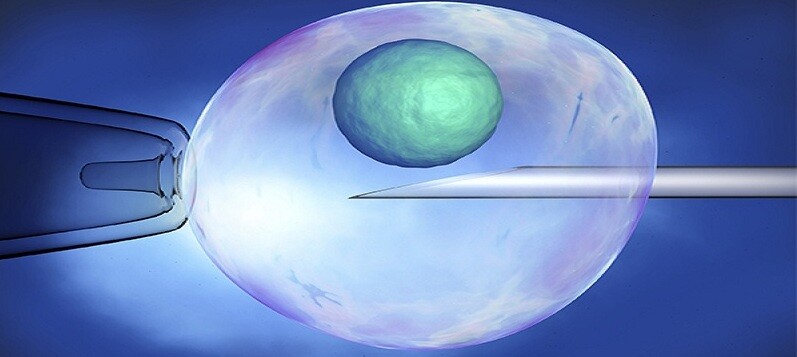22/03/2018
Normally, at the embryonic cyst stage, the human embryos would hatch out of the zona pellucida and attach to the walls of uterus; from there it develops into growing fetus. A considerable rate of embryos after IVF may experience troubles in the hatching process, making the process go slower or worse yet, cause it to fail. This will reduce the success rate of IVF.

The Assisted Hatching Technique is performed by means of slenderizing or creating a small hole in the zona pellicuda before implantation. This technique will help the hatching process go smoother and quicker, thereby increasing the chance of embry nesting and fertilization through IVF. There are 2 common ways of performing the technique: One is putting Tyrode solution into use and the other is utilizing non-contact LASER beam.
The Assisted Hatching Technique using Tyrode solution and LASER have been successfully applied in Vietnam since 2008. Recent reports have shown that, the above mentioned technique utilizing both methods has brought about an increase in embryos nesting as well as fertilization rate. Moreover, it’s particularly effective on cases that had failed multiple times, elderly patients or embryos after being defrosted and thickened zona pellicuda cases. Currently, many IVF centers in Vietnam have also sucessfully carried out the Assisted Hatching Technique.
